
Peanut butter
Although American agricultural pioneer George Washington Carver is often credited for inventing peanut butter, the first patent for the spreadable substance was actually given to Montreal, Canada’s Marcellus Gilmore Edson in 1884. He came up with the process of milling roasted peanuts to create “a consistency like that of butter,” which he promoted as a protein substitute for those who couldn’t have solid food. Schoolchildren everywhere are forever grateful. Find out where peanut butter and jelly sandwiches came from.
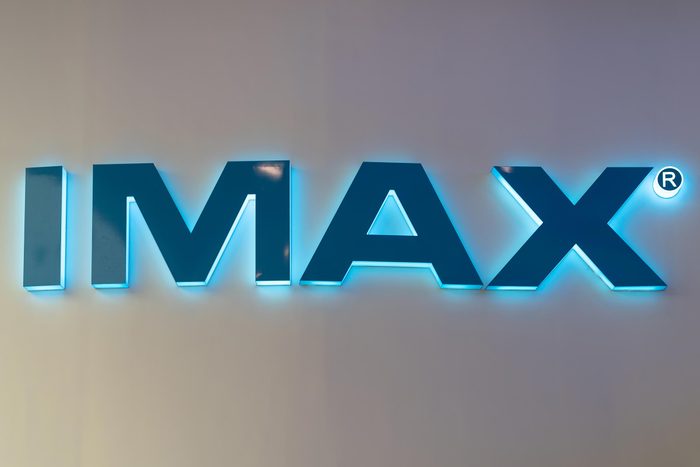
IMAX
You can thank Canada for that awesome IMAX viewing of Avengers: Endgame. Canadian filmmakers Graeme Ferguson and Roman Kroitor first pioneered the technology of high-resolution images on huge screens at Montreal’s Expo ’67. With businessman Robert Kerr and engineer William Shaw, they founded Multi-Screen Corporation, which later became IMAX (short for “Image Maximum”). The first permanent IMAX theater, the Cinesphere, opened in Toronto’s Ontario Place in 1971. Originally used for science films and documentaries, IMAX was bought in 1994 by an American company, who turned it into a Hollywood powerhouse. Its headquarters remain in Toronto. Did you know Ontario also has the tallest dive roller coaster in the world?

Goalie mask
Hockey itself may have actually originated in England. But the hockey mask, which has helped keep many a goaltender’s face intact, was first worn regularly by Montreal Canadiens player Jaques Plante in 1959. He was at first mocked for wearing the mask, and his coach didn’t like it because he thought it would be a distraction. But once Plante donned the mask, the Canadiens went on to an 18-game winning streak, proving players could perform just as well—if not better—without the threat of a puck to the face. Plante’s equipment innovation is now standard gear for professional and amateur hockey players.

Global time zones
You know those clocks that tell you what time it is in cities all around the world? They wouldn’t be possible without Canadian railroad engineer Sandford Fleming. In centuries past, local times were based on the sun, making them all slightly different from place to place. This didn’t matter much until rail travel made a standard system of keeping time across distances much more important. After missing his train and getting stuck on a railway platform due to non-synchronized clocks, Fleming came up with the idea of creating 24 time zones across the entire globe, which would form “international standard time.” In 1884 at the International Meridian Conference in Washington, D.C., he presented his ideas, which were eventually adopted worldwide.
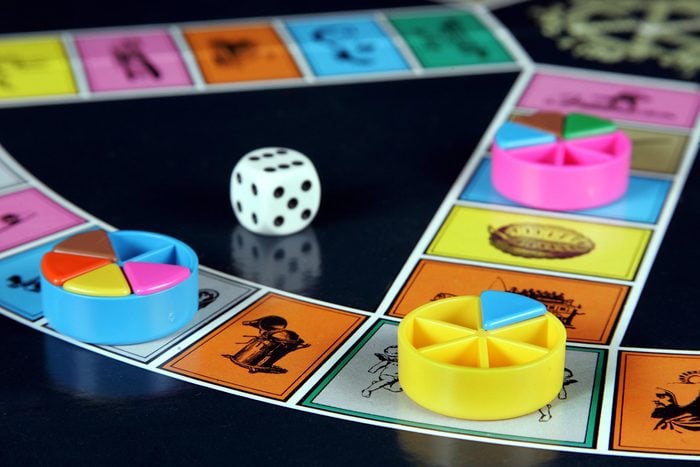
Trivial Pursuit
We can thank two Canadian journalists for setting off the quiz trend that’s still going strong today (think of how many online trivia quizzes you’ve taken!). In 1979, Montreal Gazette picture editor Chris Haney and sports journalist Scott Abbott came up with their own game while playing Scrabble. They scraped together a few investors, and after a slow start, Trivial Pursuit became “the biggest phenomenon in game history,” Time magazine reportedly said. Here are some fun facts you never knew about Trivial Pursuit: Over 100 million copies of the game have been sold, and 50 special editions have been created. Sadly, Haney died in 2010 at the age of 59.

Rotary snowplow, or “snowblower”
If there’s one thing Canadians know about, it’s snow. Winters in the True North can bring huge amounts of the white stuff, and eventually, people invented ways to deal with it—especially as it became necessary to clear railroad tracks of snow. So, the first rotary snowplow, which used a spinning mechanism to lift snow and shoot it away, was invented by J.W. Elliott, a Toronto dentist, in 1869. Soon after, Canadian Orange Jull improved the design with a new patent, with that machine first utilized in 1887, pushed by locomotives to clear snow along railways. In 1925, the blower was adapted for trucks by Canadian Arthur Sicard, a milkman tired of climbing over snow to make his deliveries. He called his invention the “Sicard Snow Remover Snowblower.”

Snowmobile
Along with clearing snow, Canadians have sought ways to travel over it. Mechanic, inventor, and entrepreneur Joseph-Armand Bombardier sought for years to make the remote areas of Canada, including his isolated hometown of Valcourt, Quebec, more accessible in winter. He actually started working on his project as a teen, making it one of the 14 coolest things invented by kids; but he hadn’t yet perfected his machine so it would really work. Unfortunately, the problem of winter isolation hit very close to home for Bombardier in 1934, when his two-year-old son died from illness because he couldn’t get to a hospital. Bombardier doubled down on his efforts and in 1937 developed the first working snowmobile, which could hold seven people. When rural roads started being cleared more effectively, he switched “gears,” literally, to create a miniature, recreational snowmobile in 1959 he called the Ski-Doo—the same ones outdoor enthusiasts continue to use today.

Garbage bag
The next time you have to take out the trash, blame Canada. In the 1950s, Winnipeg’s Harry Wasylyk used the flexible plastic polyethylene to create the first garbage bag, at the request of a local hospital looking for a sanitary way to dispose of waste. At the same time, a couple of other Canadians, Frank Plomp and Larry Hansen, were working on their own version of the plastic garbage bag. But it was Wasylyk’s that came up on top when Union Carbide Company bought his product and manufactured it for home use under the name Glad in the 1960s. In 1971, University of Toronto chemist James Guillet created a more eco-friendly, biodegradable version.
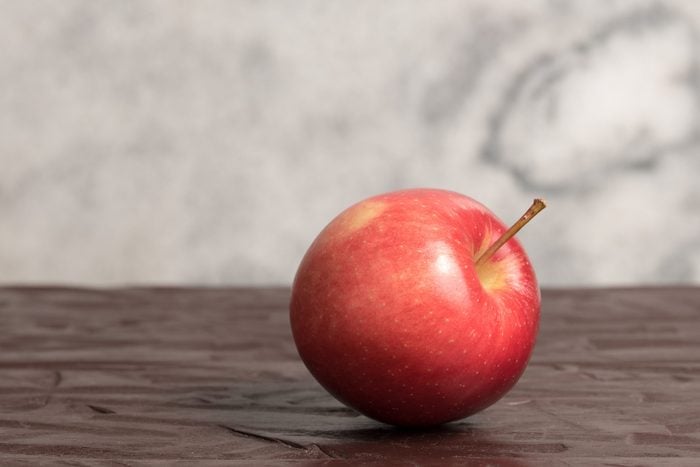
McIntosh apples
This is one of those accidental discoveries that changed the world. Maybe the phrase should be, “as Canadian as apple pie,” since that’s where the beloved McIntosh apple originated. In the early 1800s, farmer John McIntosh of Dundela, Ontario, came across apple seedlings growing in an area he was clearing; he replanted them in his garden and all but one died. Recognizing that the taste of the fruit the lone tree bore was something special, he learned how to graft the tree to reproduce the same variety. His son, Allan, began selling them, and a fruit phenomenon was born. The apple variety became so popular that a computer scientist at Apple named their new machine “Macintosh” after it—changing the spelling for copyright reasons. To this day, every single McIntosh apple is descended from that one tree, which fell in 1910. Interested in owning a piece of Canadian history? The original McIntosh farm, now in disrepair, was put up for sale last fall.

Yukon Gold potatoes
A much later agricultural creation that also came out of Canada was the Yukon Gold potato, developed by researcher Gary Johnston in 1966 at the University of Guelph, and sold beginning in 1980. The attractive yellow tubers, with thin, edible skin and a moist, buttery texture (even without the butter), were immediately appealing as an alternative to the basic white potato. Johnston and colleagues named the variety “Yukon Gold” after the Yukon River in Canada, with “gold” referencing both the potato’s color and Canada’s gold-rush history.

Walkie-talkie
The invention of the two-way portable radio is usually credited to Canadian Donald Hings, who created what he called a “pack set” in 1937. (Canadian-American Alfred J. Gross came up with a similar design in 1938.) Walkie-talkies, as they came to be known, became crucial to military communications in World War II—and afterward, a staple of children in tree houses everywhere. An early forerunner of cell phones and wireless technology, the invention came full-circle when just last year Apple Watch came out with a “walkie-talkie” feature. Funnily enough, here’s what would happen if the person who named walkie-talkies named everything.

Egg carton
This is one of those simple inventions that we can’t imagine living without. As the story goes, newspaper publisher Joseph Coyle of British Columbia overheard an argument about a delivery of broken eggs that had literally all been put in one basket. Thinking there had to be a better way, Coyle came up with the humble beginning of a big idea. In 1911, he crafted a carton of individual slots so the eggs wouldn’t jostle against each other and break in transit. Over a century later, his creation remains largely unchanged.

Push-up bra
Although the name “Wonderbra” existed as far back as 1939, a new approach to the undergarment by Quebec designer Louise Poirier in 1963, called the Dream Lift model 1300, featured underwire and a push-up design that created maximum cleavage. The Wonderbra became the quintessential piece of lingerie and created a sensation in the 1990s when it came to the states after being relaunched by an American company. Currently owned by U.S. company Hanes, the Wonderbra brand is still known the world over.

Hard cup jock strap
Women aren’t the only ones who can thank Canada for intimate wear. The jockstrap itself may have been invented in the 1870s by an American to keep male parts from bouncing around—but it was a Canadian who came up with the idea for the hard cup, providing protection from, for example, a hockey puck traveling at 100 miles per hour. Athlete and inventor Jack Cartledge of Ontario’s Guelph Elastic Hosiery patented the cup in 1927, calling it the Protex. Although today wearing a cup has fallen out of fashion in sports, the invention is sure to have saved men many a serious injury.
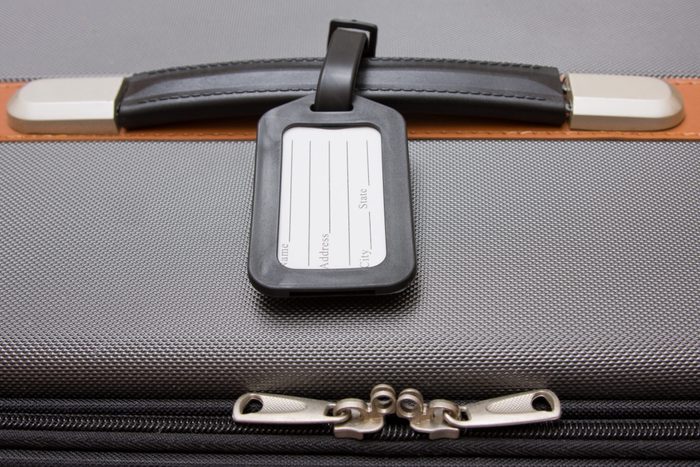
Baggage tag
File this one under, “things you probably never thought about—until now.” Without baggage tags, imagine how chaotic storing and then locating your luggage upon arrival would be, whether traveling by train, ship, or plane. In 1882, John Michael Lyons of New Brunswick came up with the “separable” ticket, which would include passenger information and destination, for rail travel. The ticket would be torn in half, with the passenger keeping one piece and the other remaining on the bag—an easy system for keeping track of luggage. This also helped reunite lost luggage with their owners. Later, this system was adopted for air travel as well.

Wheelchair-accessible bus
A true Canadian hero, Walter Harris Callow of Nova Scotia suffered a back injury while training for the Royal Flying Corps in World War I and eventually became quadriplegic. Despite his health issues, he created several services to help soldiers and veterans. After World War II, he had a new idea: To create the first wheelchair-accessible bus for injured veterans, and other people who are disabled, in order to keep them social, happy, and active in their communities. He designed and had built two custom buses, later expanding with the help of car manufacturers. His company, Callow Wheelchair Buses, just ceased operation after 71 years.

Motorized wheelchair
Canada has made other advances in mobility access for people with disabilities. Although an earlier version may have been invented during World War I, credit for the modern motorized wheelchair is given to Canadian mechanical engineer George Klein. Thanks to the discovery of penicillin in 1928, World War II soldiers were surviving spinal injuries at a much higher rate than in previous wars—but that also necessitated better mobility options. In the 1950s, Klein and his team at Canada’s National Research Council designed an electric, joystick-operated wheelchair, the first to be mass-produced, improving the lives of countless veterans. His original prototype, formerly in the Smithsonian, is now located at the Canada Science and Technology Museum.

Pacemaker
Called the “father of biomedical engineering” by the British Columbia Medical Journal, John Hopps came up with the idea for the pacemaker while researching ways to improve open-heart surgery. He realized an electrical impulse could regulate the heart’s pacing—and even restart it. At the National Research Council in the early 1950s, he created the first external pacemaker, which delivered an electrical pulse through a catheter inserted into the jugular vein. This would pave the way for the implantable pacemaker later on, which Hopps would benefit from himself: He had one implanted in 1984.
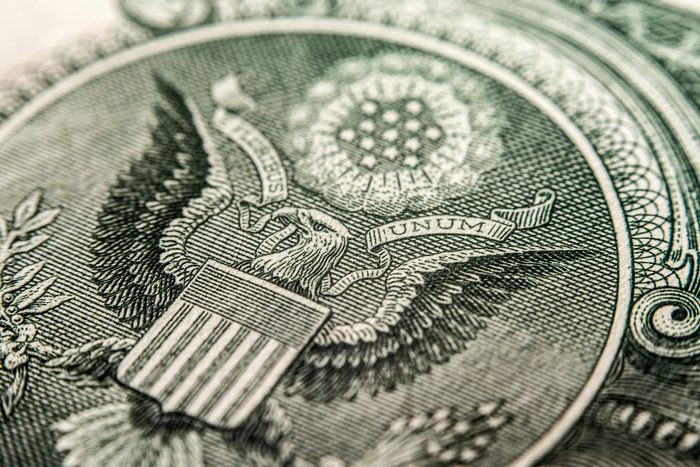
Green ink for money
If you’ve ever wondered why money is green, here’s the reason. The roots of America’s “greenbacks” go back to Canada and the Civil War. In an effort to avert counterfeiting, banks were looking for an ink that couldn’t be easily copied like black could be—especially since counterfeiters often used cameras, which could only take pictures in black and white, to reproduce paper bills. Thomas Sterry Hunt, a professor at Laval University in Quebec, came up with the green color, called “Canada Bank Note Tint,” in 1857. The United States became a fan of the hue, with the Union using it on its bank notes to fund the Civil War. Afterward, the green color continued to be used on America’s bills out of tradition.

Insulin treatment for diabetes
Insulin had been discovered in 1910, but a decade later in 1921, Canadian doctor Frederick Banting and his assistant, Charles Best, working in JJR Macleod’s lab at the University of Toronto, developed a way to isolate insulin and inject the substance into animals to regulate their blood sugar. This paved the way for the treatment in humans. Banting and Macleod earned the 1923 Nobel Prize in Physiology or Medicine for their innovation, which to this day allows people with diabetes to better manage the disease. Canadians aren’t the only ones with a talent for inventing—find out the most famous invention from your state.
